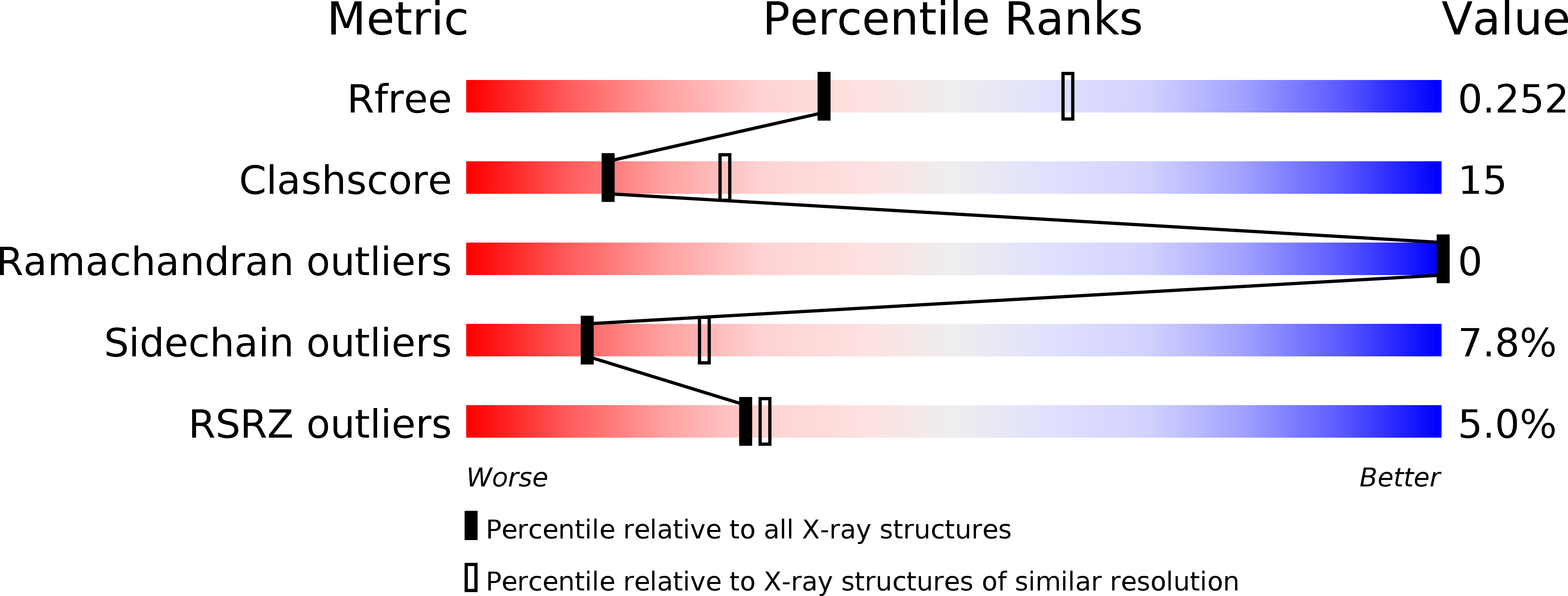
Deposition Date
2015-01-22
Release Date
2015-06-24
Last Version Date
2023-11-08
Entry Detail
PDB ID:
4XSH
Keywords:
Title:
The complex structure of C3cer exoenzyme and GTP bound RhoA (NADH-bound state)
Biological Source:
Source Organism:
Homo sapiens (Taxon ID: 9606)
Bacillus cereus (Taxon ID: 1396)
Bacillus cereus (Taxon ID: 1396)
Host Organism:
Method Details:
Experimental Method:
Resolution:
2.50 Å
R-Value Free:
0.25
R-Value Work:
0.18
R-Value Observed:
0.19
Space Group:
P 32


